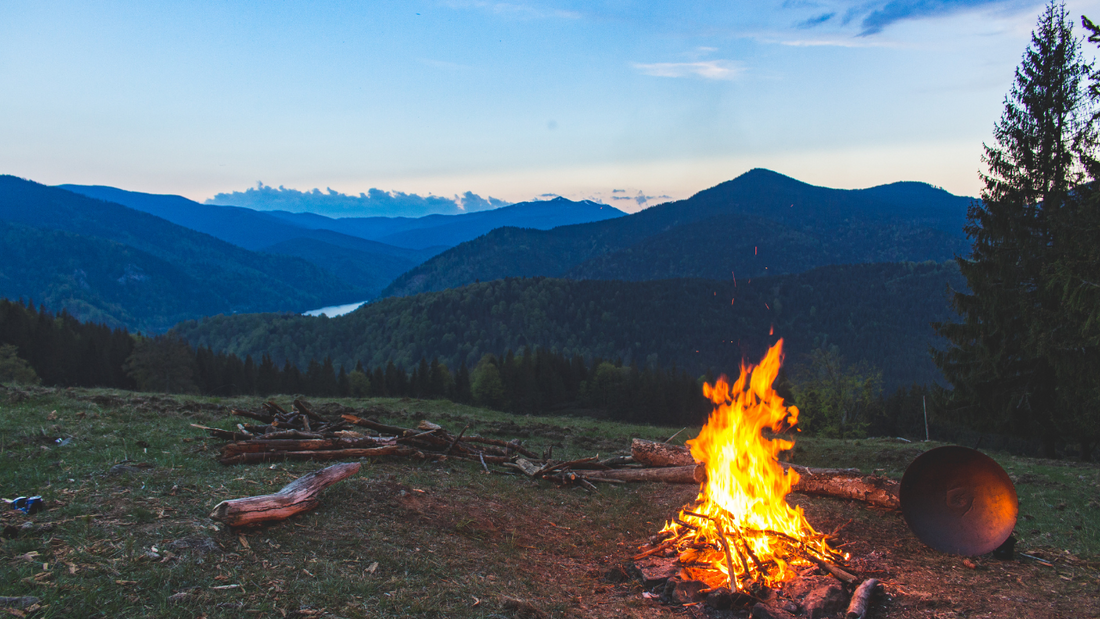
Bonfires and Burnout: How to Recharge Without Losing Your Spark This Fall
There’s something magical about a fall bonfire. The crackle of wood, the smell of smoke in your sweater, the warmth pulling you close while the world outside the fire pit feels cold and dark. But here’s the wild part: bonfires might just be the perfect metaphor for how to deal with burnout.
Because let’s be real—burnout is everywhere. Work deadlines pile up like firewood, your social calendar looks like a haunted house maze, and suddenly you’re running on pumpkin-spice fumes. You feel like you’re one marshmallow away from snapping.
So what can a humble bonfire teach us about staying bright, warm, and alive without burning out completely? Let’s gather around the flames.
1. You Can’t Burn Without Fuel
Every fire needs wood. If you stop feeding it, it dies out. But here’s the thing: you can’t throw garbage into a fire and expect it to burn clean. Old magazines? Wet leaves? You’ll just choke the flames with smoke.
Lesson for life: Your energy is fuel. If you’re feeding yourself with junk—doomscrolling, endless negativity, or saying “yes” to every draining commitment—you’ll smother your spark. Choose clean fuel: sleep, good food, exercise, people who lift you up. That’s what keeps your fire alive.
2. Fires Need Space to Breathe
If you pile too many logs on at once, the flames suffocate. Same with you: when you overload your calendar, your brain, and your to-do list, you can’t breathe.
Lesson: Balance intensity with oxygen. You need breaks. You need whitespace in your day. You need time where you’re not “producing” anything. Sometimes the most productive thing you can do is step back and let your fire catch.
3. Sparks Spread—So Guard Your Fire Wisely
Ever notice how sparks from a bonfire can catch and spread? Burnout works the same way. If one part of your life catches fire—stress at work, toxic relationships, money problems—it can leap into every other area if you don’t guard it.
Lesson: Protect your boundaries. If work stress is burning you up, don’t let it consume your family time or your peace of mind. Learn to say “this fire stays in its pit.”
4. Flames Need Tending, Not Ignoring
A bonfire doesn’t stay magical by accident—you poke it, stir it, shift the logs. If you ignore it, it burns unevenly and fizzles out.
Lesson: Your well-being needs attention, too. You can’t “set it and forget it.” Check in with yourself. Adjust what isn’t working. Move things around until your life feels balanced again. Tending your fire is an ongoing process.
5. Sometimes You Have to Let Old Wood Burn Away
The best part of a bonfire? Watching the wood turn into glowing embers. You don’t cling to the old logs—you let them burn down, and you throw in new ones when it’s time.
Lesson: Some habits, commitments, or even relationships have served their purpose. They’ve given you warmth, but now they’re ash. Stop clinging. Let them burn away, and make space for fresh fuel.
6. Bonfires Are Meant to Be Shared
Nobody sits at a bonfire alone if they can help it. Fires are better with friends, laughter, stories, and s’mores.
Lesson: Burnout happens faster when you isolate yourself. You weren’t built to carry the world alone. Share your fire—talk to friends, lean on mentors, laugh with people who remind you life isn’t just about work.
The Warm Truth
You’re not meant to be a wildfire—raging, destructive, out of control. You’re meant to be a bonfire: glowing, steady, alive. The trick isn’t to burn brighter—it’s to burn smarter.
So this fall, if you’re feeling stretched thin, don’t just collapse. Build yourself a bonfire moment. Step back, fuel up, make space to breathe, and invite others to share the warmth.
Because the truth about burnout is this: you don’t have to lose your spark. You just have to tend your fire differently.
